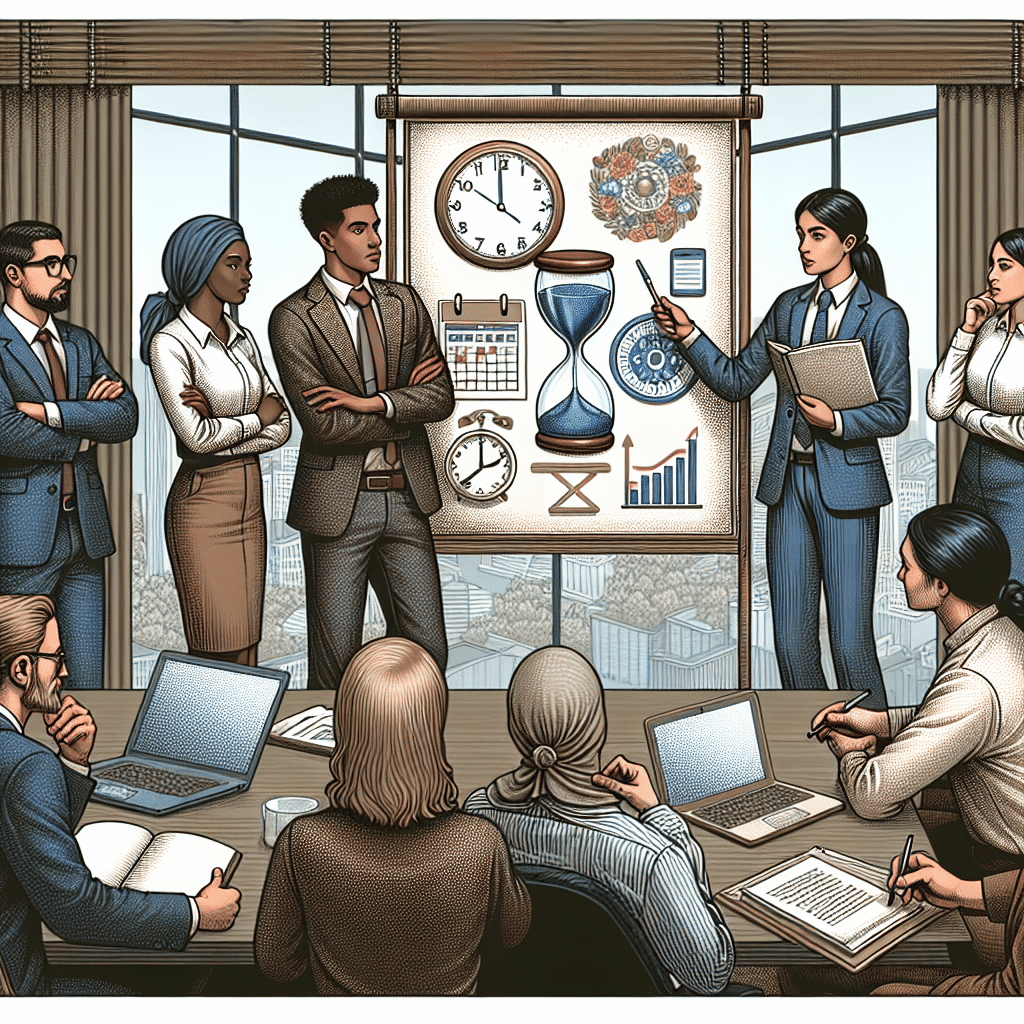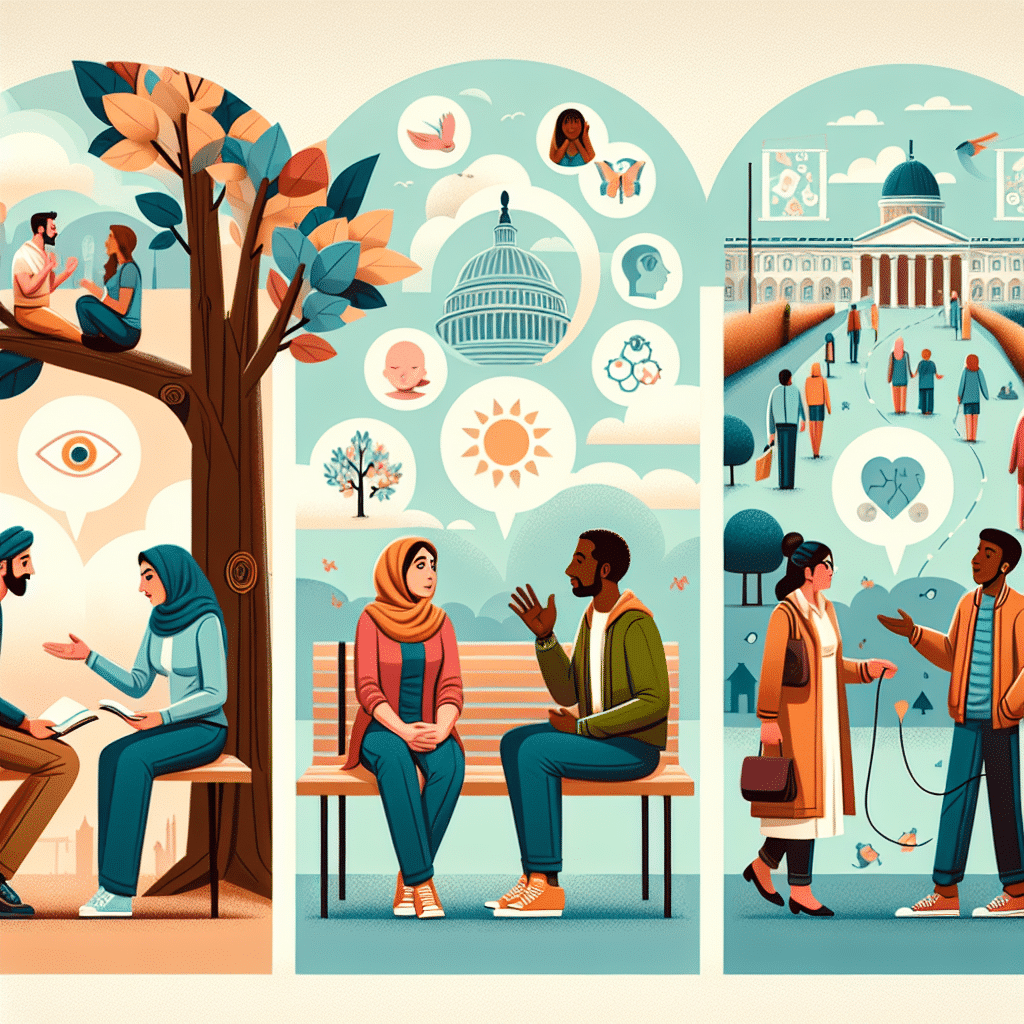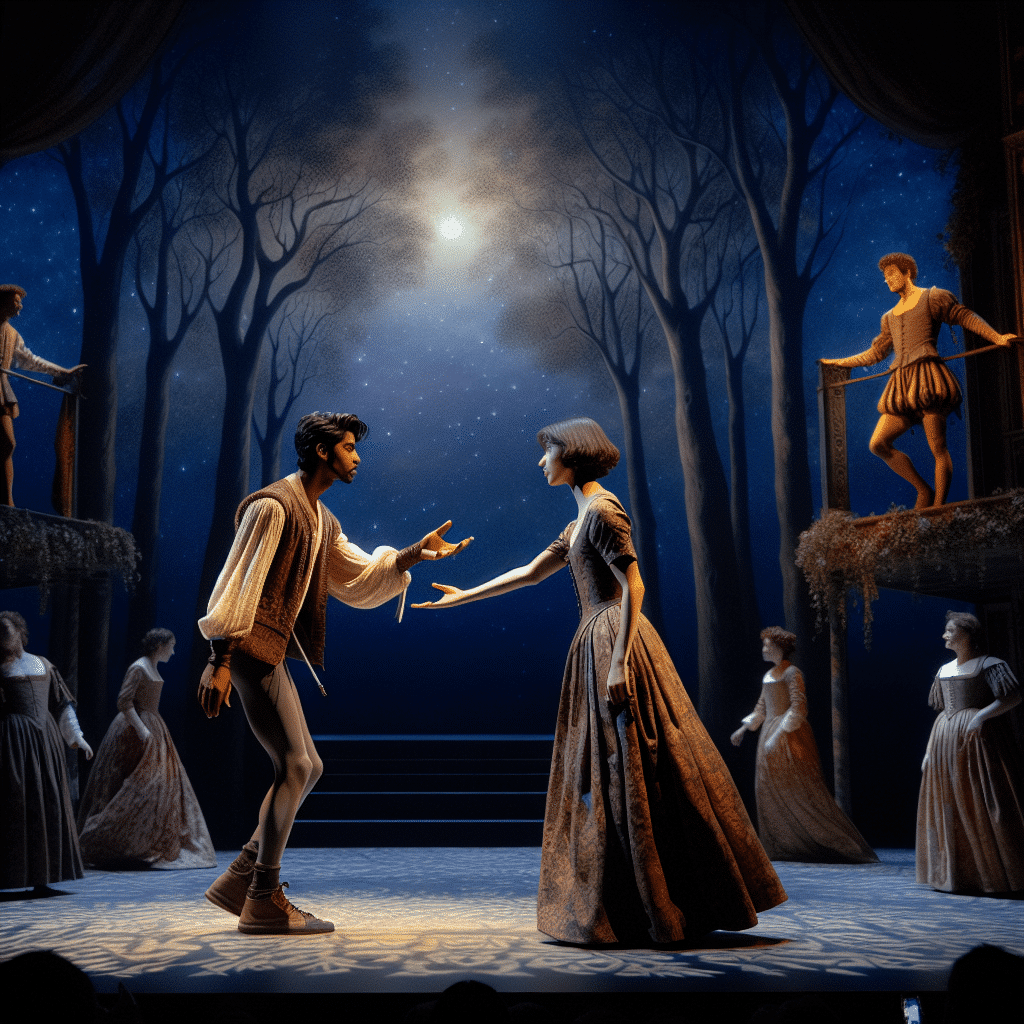
Relationship building is a fundamental aspect of any theatrical production. The connections between characters on stage are vital for creating believable and engaging performances. Theatrical expressions of relationship building encompass a wide range of techniques that actors employ to establish and develop these connections. Through body language, dialogue, nonverbal expressions, and dynamic interactions, actors bring their characters to life and forge meaningful connections with each other on stage.
The Role of Body Language in Building Connections on Stage
Body language plays a crucial role in building connections and enhancing relationships on the theatrical stage. It is through physical movements, gestures, and facial expressions that actors are able to express and convey emotions, thoughts, and intentions to the audience and to each other.
One of the key elements of body language in theater is the use of posture. The way actors hold themselves on stage can communicate various aspects of their characters’ personalities, relationships, and emotional states. For example, a character who stands tall with their shoulders back and head held high may project confidence and power, while a character who slouches and avoids eye contact may appear insecure or timid.
Another important aspect of body language in theater is proxemics, or the use of physical distance between actors. The proximity between characters can convey different levels of intimacy, comfort, or tension in their relationships. For instance, standing close together may indicate a deep emotional connection or attraction, while distancing oneself from another character may suggest conflict or discomfort.
In addition to posture and proxemics, gestures and facial expressions are powerful tools for communicating emotions and building connections on stage. A simple touch, a raised eyebrow, a smile, or a frown can convey a wide range of feelings and establish a connection between characters. These nonverbal cues are often more impactful than words alone, as they can transcend language and cultural barriers, allowing the audience to connect on a deeper, more universal level.
Furthermore, body language in theater goes beyond individual actors’ movements; it also involves their interactions and synchronicity with others on stage. For instance, mirroring or mirroring someone’s movements can convey a sense of harmony and unity between characters, while contrasting movements may create a sense of tension or conflict.
Ultimately, the role of body language in theater is to enhance the storytelling and create an authentic and compelling experience for both the actors and the audience. By carefully crafting their physical expressions and movements, actors can effectively portray the intricacies of relationships and connections, transporting the audience into the world of the play and allowing them to emotionally resonate with the characters and their journeys.
The Role of Body Language in Building Connections on Stage
In the world of theater, relationships are at the heart of every production. Whether it’s a romantic love story, a family drama, or a tale of friendship, the connections between characters are crucial to the success of a play. While dialogue and verbal communication play a significant role in portraying these relationships, it is the power of body language that truly brings them to life.
Body language is a form of nonverbal communication that all humans instinctively understand. It encompasses facial expressions, gestures, eye contact, posture, and even the use of personal space. On stage, actors have the unique ability to harness the power of body language to convey the depth and complexity of their relationships.
One aspect of body language that is particularly important in building connections on stage is eye contact. When two characters share a genuine connection, their eyes meet, creating a sense of intimacy and understanding. Conversely, avoiding eye contact can convey discomfort, tension, or even deceit between characters. By skillfully using eye contact, actors can establish deep and meaningful relationships that resonate with the audience.
Posture and physicality are also crucial elements of body language in theater. How a character holds themselves, how they stand or sit, can speak volumes about their relationship with others. For example, a character standing tall and confident may project strength and authority, while a character slouching or cowering may convey vulnerability or submission. By consciously adjusting their posture, actors can visually depict the dynamics of their relationships, allowing the audience to perceive the underlying emotions between characters.
Gestures, too, can be powerful tools in building connections on stage. A simple touch, a warm embrace, or a gentle brush of the hand can convey affection, love, or tenderness. Conversely, a cold or distant gesture can communicate distance or animosity. By paying attention to their physical interactions with others, actors can create a rich tapestry of relationships that engage the audience on a deeper level.
In conclusion, body language is a vital aspect of theatrical expressions of relationship building. Through the use of eye contact, posture, and gestures, actors can bring their characters’ relationships to life in a way that resonates with the audience. By harnessing the power of body language, theater becomes an immersive experience where connections are forged and emotions are shared.
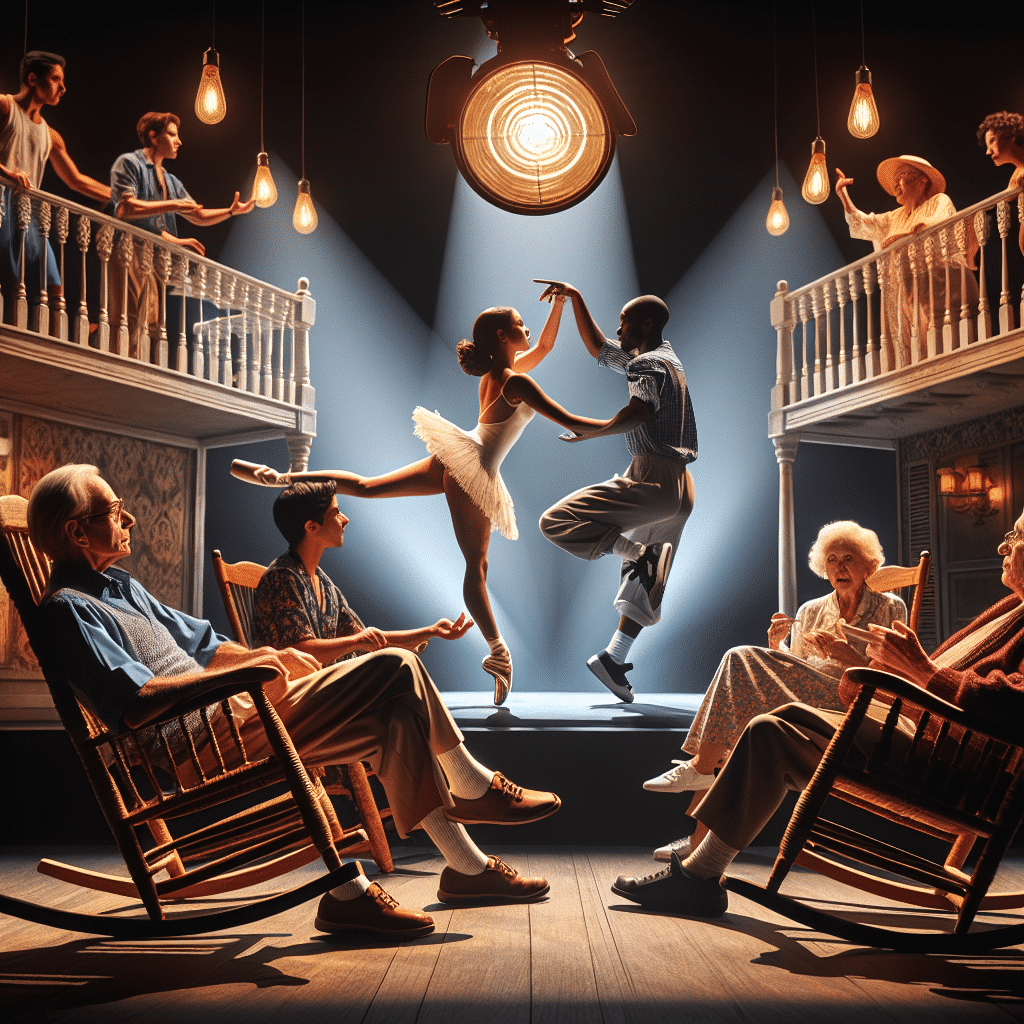
The Power of Nonverbal Expressions and Gestures in Establishing Connections
In the realm of theatrical performances, nonverbal expressions and gestures play a pivotal role in establishing connections between actors and cultivating relationships on stage. These subtle yet powerful forms of communication have the ability to convey emotions and establish a deep sense of understanding and intimacy.
One of the most influential nonverbal expressions in theater is facial expressions. The human face is incredibly expressive and can convey a wide range of emotions, from joy and happiness to sadness and anger. By utilizing facial expressions, actors can effectively communicate the thoughts and feelings of their characters, allowing the audience to connect with and understand their relationships.
Furthermore, body language, including posture, movement, and gestures, plays a crucial role in establishing relationships on stage. The way actors hold themselves and move within a scene can convey a multitude of messages. A relaxed and open posture can suggest comfort and trust, while a closed-off and tense posture can indicate insecurity or distance between characters. By utilizing intentional body language, actors can establish the dynamics of their relationships and create a more immersive experience for the audience.
A significant aspect of nonverbal communication in theater is the use of gestures. Gestures can range from small hand movements to full-body actions, all of which add depth and meaning to a scene. Subtle gestures, such as a gentle touch on the shoulder or a meaningful glance, can communicate a deep connection between characters. On the other hand, more dramatic gestures, like embracing or holding hands, can symbolize strong bonds and emotional closeness.
Another important element of nonverbal communication in theater is the effective use of proxemics. Proxemics refers to the physical distance between actors and how it conveys their relationship. Actors can create intimacy or distance by manipulating the space between them. Moving closer to another character can indicate a growing connection, while stepping back can signify detachment or conflict.
Ultimately, the power of nonverbal expressions and gestures in theater lies in their ability to evoke emotions and create a sense of authenticity and realism. By utilizing facial expressions, body language, gestures, and proxemics, actors can establish and enhance the relationships between their characters, making the theatrical experience more immersive and engaging for the audience.
Exploring Dynamic Interactions and Chemistry Between Actors in Theatre
In theatrical productions, one of the key elements that captivates audiences is the dynamic interactions and chemistry between actors on stage. These relationships play a crucial role in enhancing the overall performance and bringing the story to life. Through their performances, actors have the ability to create believable connections that engage and captivate audiences, ultimately making the production more memorable and impactful.
One aspect of creating dynamic interactions between actors is the development of chemistry. Chemistry between actors refers to the natural rapport and connection that is formed between them. It is this chemistry that allows for seamless interactions, realistic dialogue, and an overall sense of authenticity on stage. When actors have chemistry, their performances become more compelling as they are able to play off each other’s emotions and responses, creating a palpable connection that is felt by the audience.
Building chemistry between actors requires trust, communication, and a deep understanding of each other’s characters and motivations. Through rehearsals and collaborative work, actors can develop an understanding of their co-stars, allowing them to anticipate each other’s movements and responses. This understanding leads to a natural flow in their interactions, enhancing their performances and building a more authentic relationship on stage.
Another important aspect of creating dynamic interactions in theatre is the ability to respond and react to each other in the moment. This requires active listening and responsiveness, allowing actors to adapt and adjust their performances based on the cues and reactions of their co-stars. By actively engaging with each other, actors create a sense of spontaneity and realism on stage, drawing the audience into the performance and making them feel intimately connected to the characters and their relationships.
In addition to verbal communication, nonverbal expressions and gestures also play a crucial role in establishing connections between actors on stage. Through body language, facial expressions, and physical touch, actors can convey emotions, intentions, and subtle nuances in their relationships. These nonverbal expressions add depth and complexity to the characters and their interactions, allowing the audience to glean insights into their thoughts and feelings.
Overall, exploring dynamic interactions and chemistry between actors in theatre is essential for creating a compelling and engaging performance. By cultivating a sense of trust, understanding, and responsiveness, actors can create believable relationships that captivate audiences and bring the story to life. Through both verbal and nonverbal expressions, they can enhance the authenticity and depth of their characters, crafting performances that leave a lasting impact on the audience.
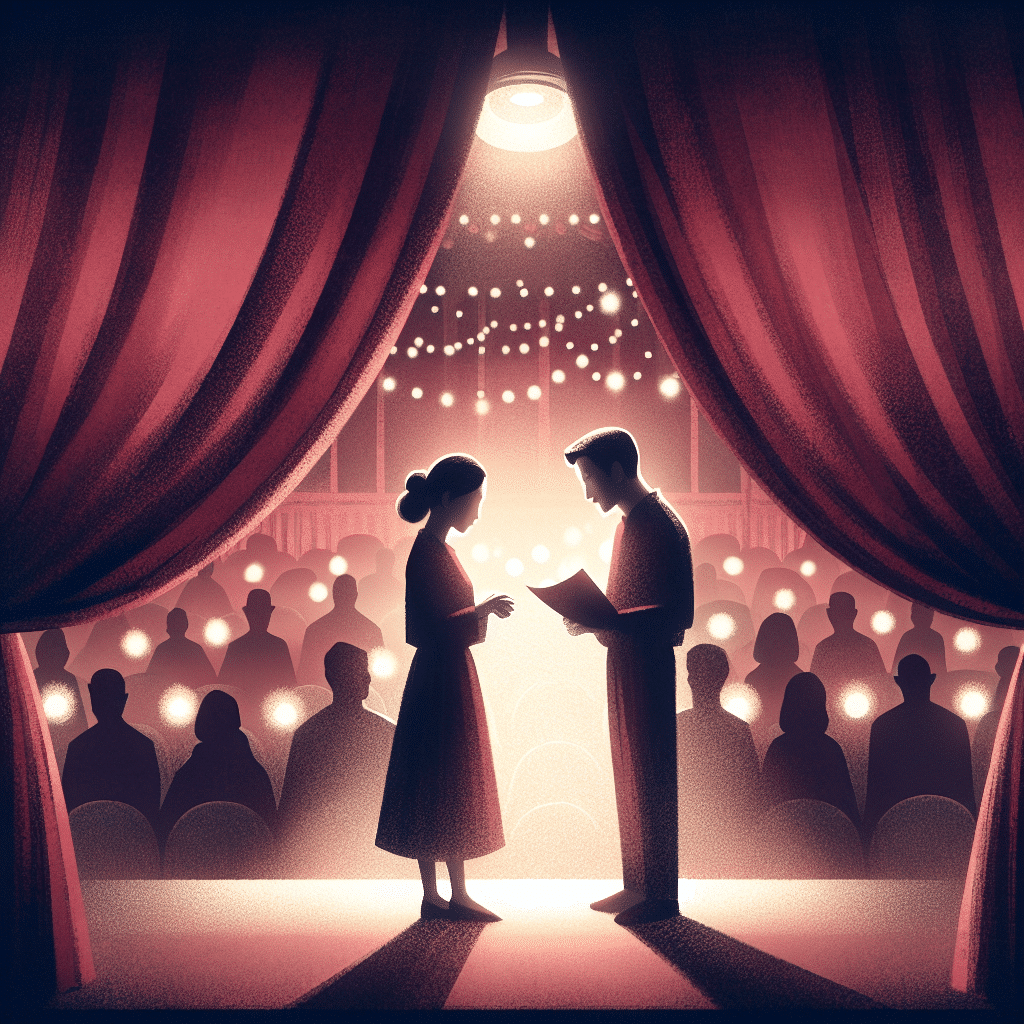
Summary
Theatrical expressions of relationship building involve the use of body language, dialogue, and nonverbal expressions to create meaningful connections on stage. Body language plays a crucial role in conveying emotions and establishing bonds between characters, while dialogue and verbal communication allow actors to deepen relationships through their words. Nonverbal expressions and gestures have the power to communicate emotions without the need for words, enhancing the connection between actors and their audience. The dynamic interactions and chemistry between actors in theater also contribute to the authenticity and depth of relationships portrayed on stage.


